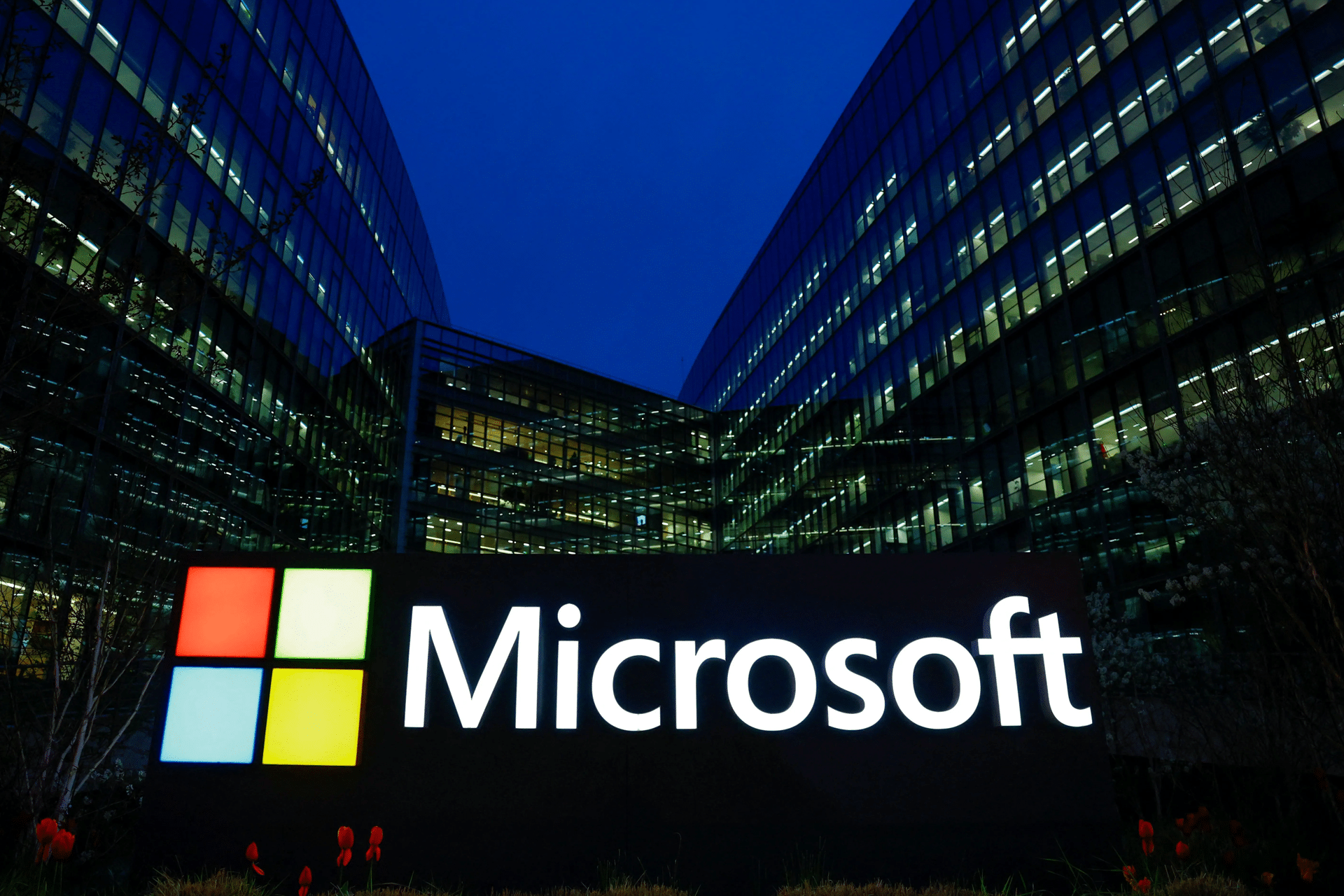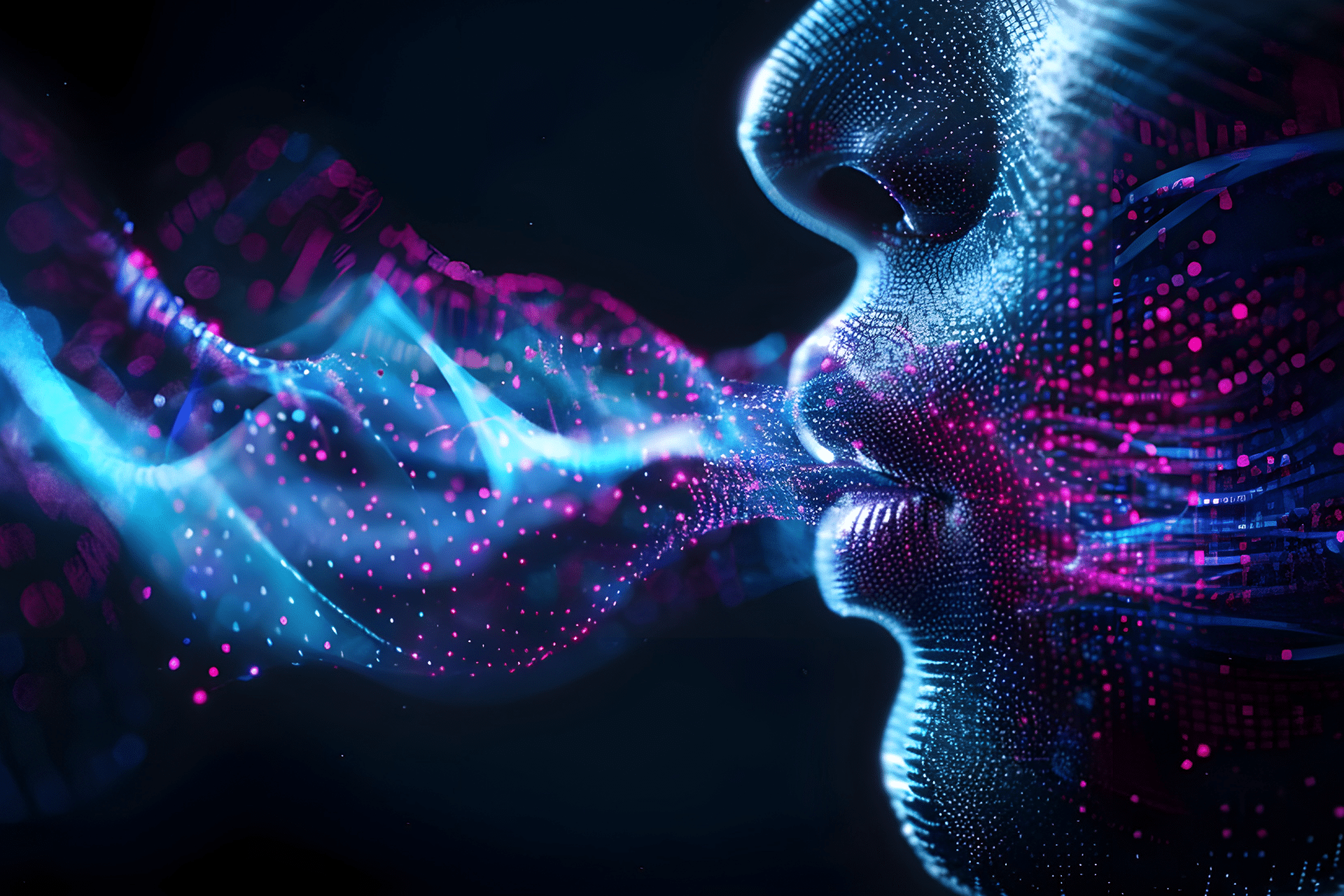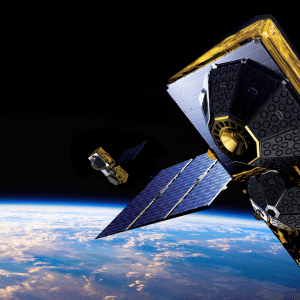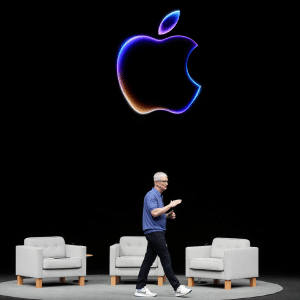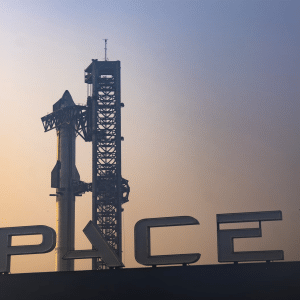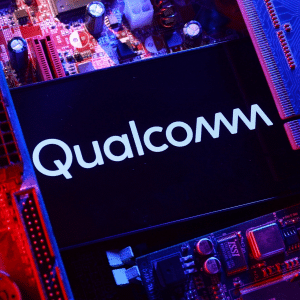The star of Microsoft’s announcement is MAI-Voice-1, a speech generation model designed for speed and efficiency. Capable of producing a minute of high-fidelity audio in under a second using a single GPU, this model is already driving features like Copilot Daily, where an AI host delivers news summaries, and podcast-style discussions that break down complex topics. According to The Verge, MAI-Voice-1 excels in both single- and multi-speaker scenarios, offering expressive audio that could redefine how users interact with AI assistants. Its efficiency—requiring minimal computational power—makes it a practical choice for scaling across Microsoft’s vast ecosystem, from Windows to Azure.
This focus on speech aligns with Microsoft’s vision of voice as the future interface for AI companions. Unlike text-based models that dominate today’s chatbots, MAI-Voice-1 prioritizes natural, dynamic audio output, enabling more human-like interactions. CNBC reported that Microsoft refined this model using around 15,000 Nvidia H100 GPUs, showcasing the company’s investment in cutting-edge hardware to support its AI push. For users, this means AI-driven features that feel less like typing to a bot and more like conversing with a knowledgeable friend.

MAI-1-Preview: A Glimpse of Copilot’s Future
The second model, MAI-1-preview, is a text-based system positioned as a foundation for future Copilot enhancements. Currently in public testing on the LMArena benchmarking platform, it ranked 13th for text workloads, trailing models from Anthropic, Google, and OpenAI, per CNBC. Despite its mid-tier ranking, Microsoft sees MAI-1-preview as a stepping stone for specialized text applications within Copilot, such as summarizing documents or generating creative content. The company has opened early access for developers, signaling plans to integrate this model into consumer products soon.
Microsoft’s AI division, led by CEO Mustafa Suleyman, emphasizes a strategy of orchestrating specialized models for diverse user needs. Unlike OpenAI’s approach of building broad, general-purpose models like GPT-5, Microsoft aims to create tailored AI tools that enhance specific tasks. This could mean smarter email drafting in Outlook or more intuitive search results in Bing, offering users practical benefits over one-size-fits-all solutions. Digit reported that MAI-1-preview is Microsoft’s first end-to-end in-house foundation model, a milestone in reducing dependency on external AI providers.
A Complicated Dance with OpenAI
Microsoft’s partnership with OpenAI has been a cornerstone of its AI strategy, powering Copilot and Azure services with models like GPT-4. The company has invested billions in OpenAI, including a rumored $10 billion deal in 2023, making it the exclusive cloud provider for OpenAI’s workloads, per The Verge. Yet, this relationship has grown strained as Microsoft seeks greater control over its AI destiny. The launch of MAI-Voice-1 and MAI-1-preview reflects a strategic pivot, positioning Microsoft to compete directly with OpenAI’s offerings, including the anticipated GPT-5.
Tensions have surfaced before. In 2023, OpenAI warned Microsoft against rushing GPT-4 integration into Bing, citing risks of inaccurate responses, according to The Wall Street Journal. Microsoft proceeded, and early Bing Chat versions faced criticism for erratic behavior. Now, with in-house models, Microsoft aims to sidestep such dependencies, leveraging its own AI research to drive innovation. This shift could disrupt the revenue-sharing model where Microsoft earns 20% of OpenAI’s ChatGPT and API revenue, while sharing 20% of its Azure OpenAI earnings, as noted by The Verge.
Why It Matters for Tech Users
For everyday users, Microsoft’s new models promise a more seamless AI experience across its products. Imagine a Copilot that reads news aloud with natural inflection or drafts emails with uncanny precision, all powered by MAI-Voice-1 and MAI-1-preview. These advancements could make AI assistants more accessible, especially for those who prefer voice interactions or need quick, reliable text processing. However, the models’ current limitations—such as MAI-1-preview’s mid-tier ranking—suggest that users may not see immediate leaps over OpenAI-powered features.
The broader impact lies in choice and competition. By developing its own AI, Microsoft reduces reliance on a single partner, potentially lowering costs and accelerating feature rollouts. This could lead to more affordable, innovative tools for consumers, from enhanced Windows productivity apps to smarter cloud services for businesses. Yet, as TechCrunch pointed out, Microsoft’s challenge is to match or surpass the performance of leading models like GPT-5, which users already associate with cutting-edge AI.
The Road to AI Independence
Microsoft’s launch of MAI-Voice-1 and MAI-1-preview is a bold bet on in-house innovation, but it’s not without risks. Building AI models from scratch demands immense resources, and Microsoft’s reliance on Nvidia’s GB200 chips underscores the hardware hurdle, per CNBC. The departure of key AI researcher Sebastien Bubeck to OpenAI in 2024 further complicates Microsoft’s talent pool, as reported by The Information. Still, under Suleyman’s leadership—formerly of AI startup Inflection—Microsoft is doubling down on its vision of a diverse AI ecosystem.
The company’s ambitions extend beyond these initial models. Plans for an “agent factory” to automate tasks across its platforms suggest a future where AI is deeply embedded in daily computing, from writing code in GitHub to managing schedules in Outlook. For now, MAI-Voice-1 and MAI-1-preview are early steps, offering users a glimpse of what’s possible when a tech giant flexes its AI muscle.
Looking Ahead
Microsoft’s foray into homegrown AI models marks a turning point in its quest for technological sovereignty. By challenging OpenAI with MAI-Voice-1 and MAI-1-preview, the company is not just diversifying its AI portfolio but redefining its role in the industry. Whether these models can rival the likes of GPT-5 remains to be seen, but for users, the promise of more natural, efficient AI tools is tantalizing. As Microsoft builds toward a future of specialized AI, the tech world watches to see if it can balance ambition with execution.
